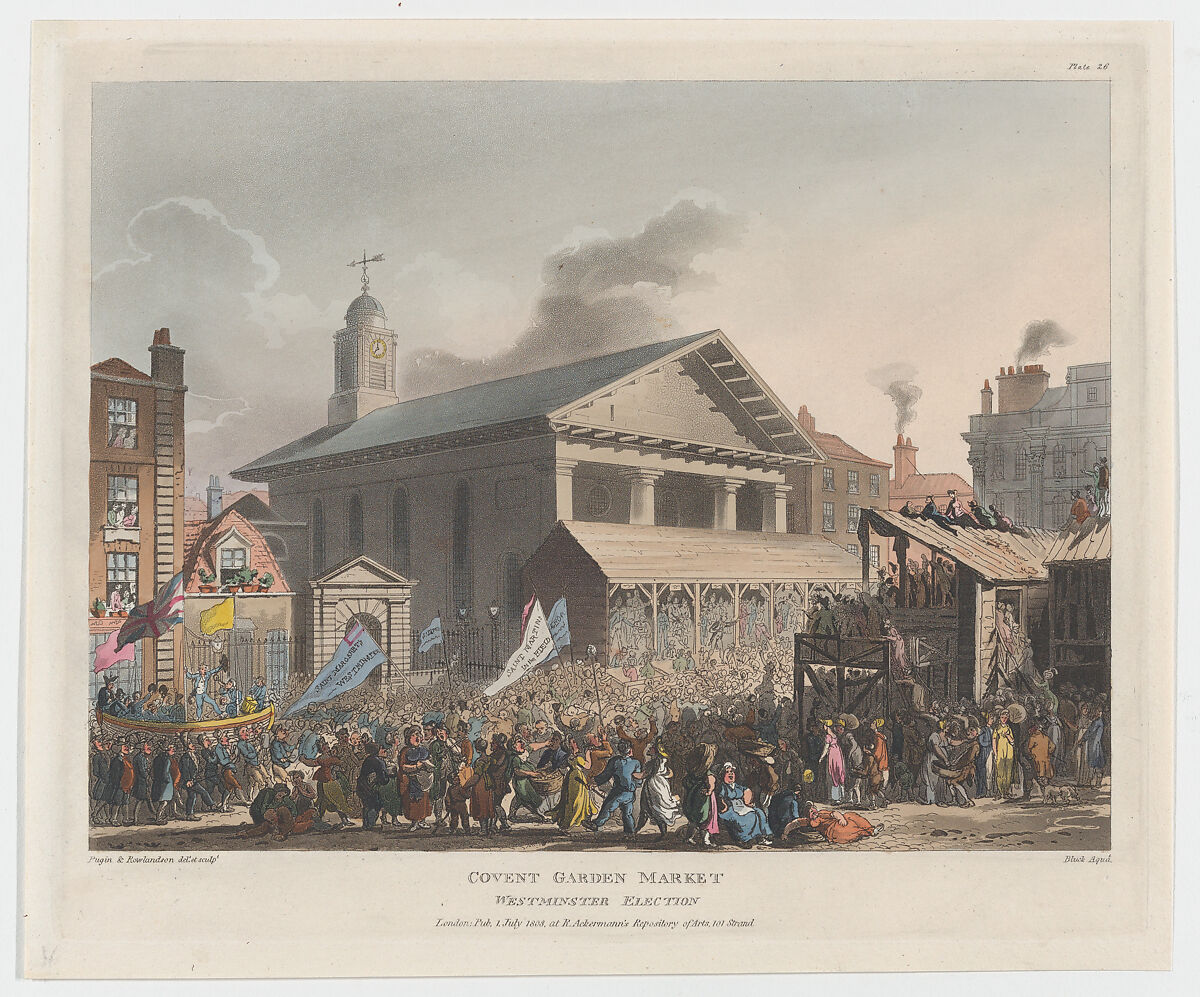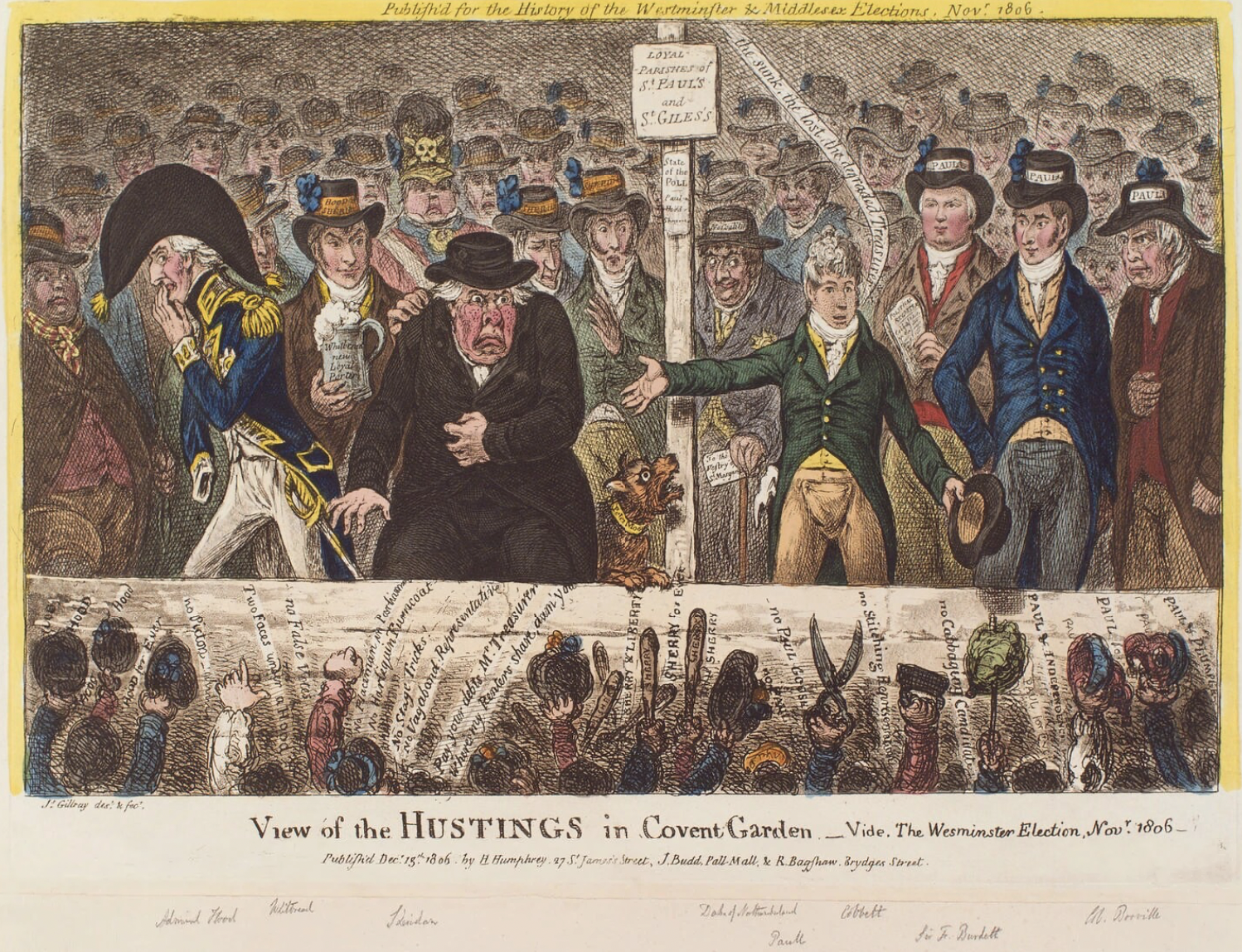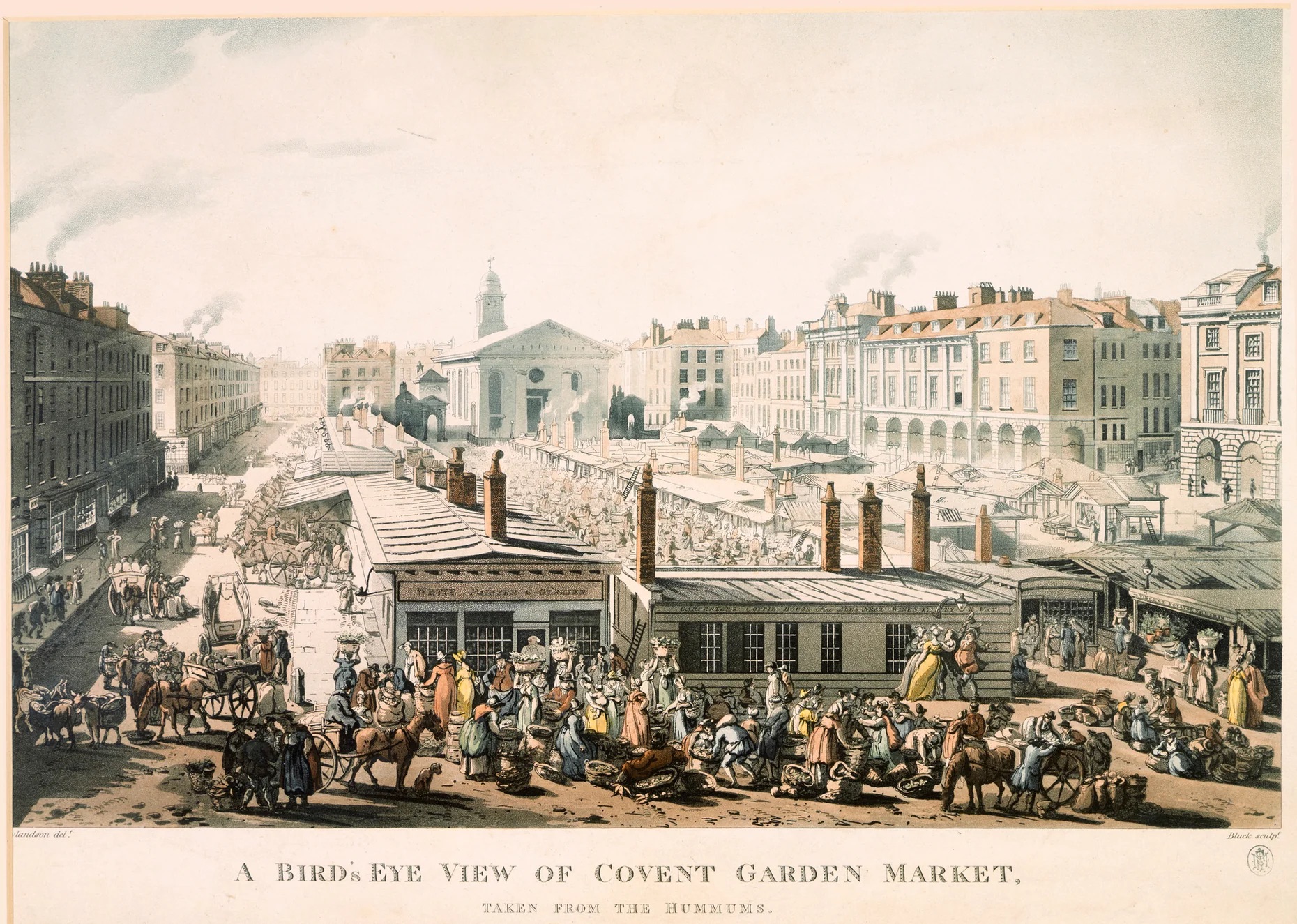| In response to the brief of ‘Architectural Futures’ I will conversely be looking into our collective past and the role of markets have played in creating informal spaces within the heart of our cities. Markets are phenomenons that often pre-date the formalisation of the cities in which they sit being crucial catalysts of city making, the exchange of ideas and communities. However, since the 1970’s these centuries old markets have been vanishing from the cityscape. In the following essay I will be examining the role of these markets in creating informal spaces within our increasingly regulated cities, specifically analysing Covent Garden Market. These informal spaces historically would often manifest as spaces of resistance, social discourse and political freedom. By studying the rich history of Covent Garden Market I aim to explore the development of these spaces and examine how the relocation of the market to the Nine Elms site in 1974 affected these spaces. I will be using a collection of research methods including the analysis of satirical cartoons, archival films and first hand written accounts. |


